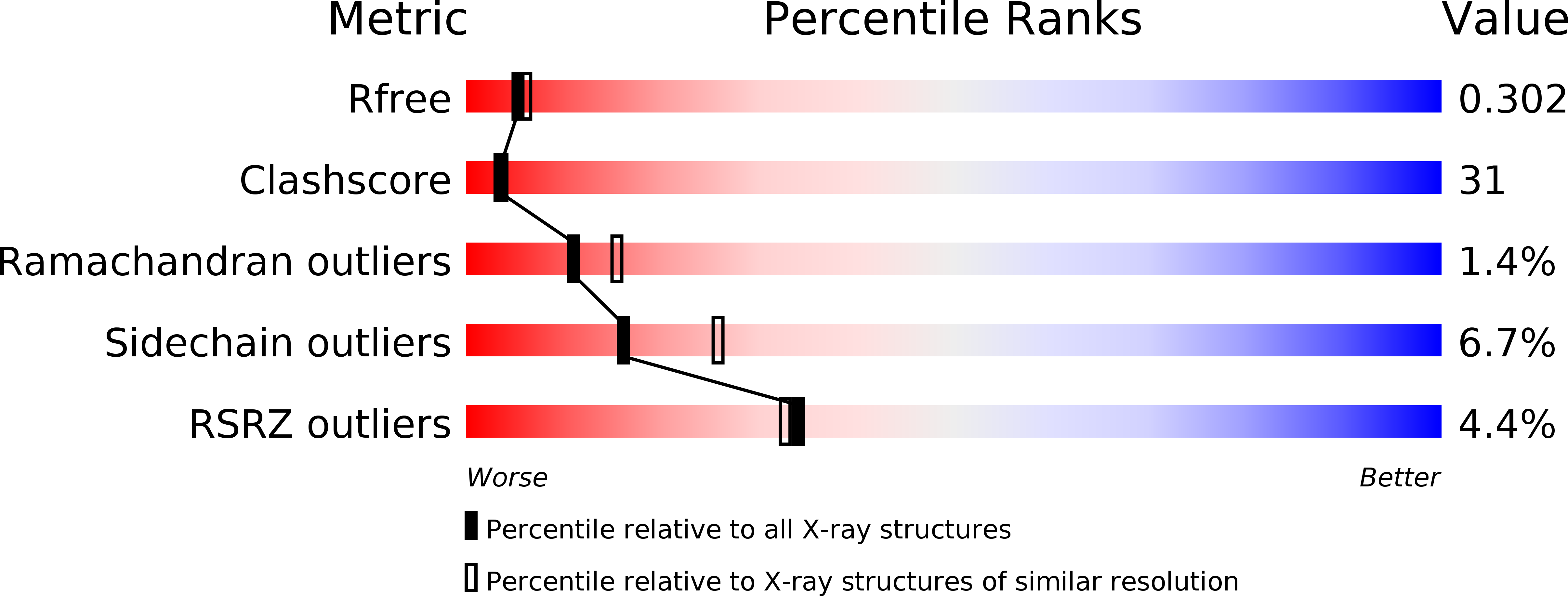
Deposition Date
2010-11-03
Release Date
2011-07-20
Last Version Date
2024-03-20
Entry Detail
PDB ID:
3PH0
Keywords:
Title:
Crystal structure of the heteromolecular chaperone, AscE-AscG, from the type III secretion system in Aeromonas hydrophila
Biological Source:
Source Organism:
Aeromonas hydrophila (Taxon ID: 644)
Host Organism:
Method Details:
Experimental Method:
Resolution:
2.40 Å
R-Value Free:
0.29
R-Value Work:
0.23
Space Group:
P 21 21 2


